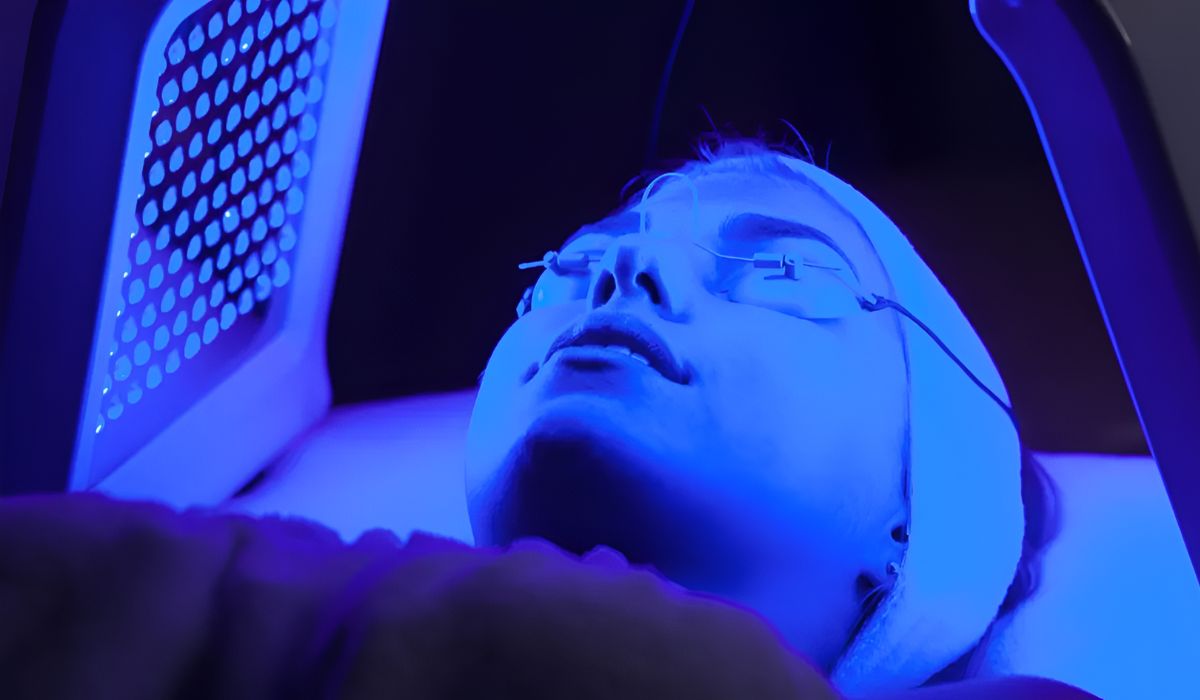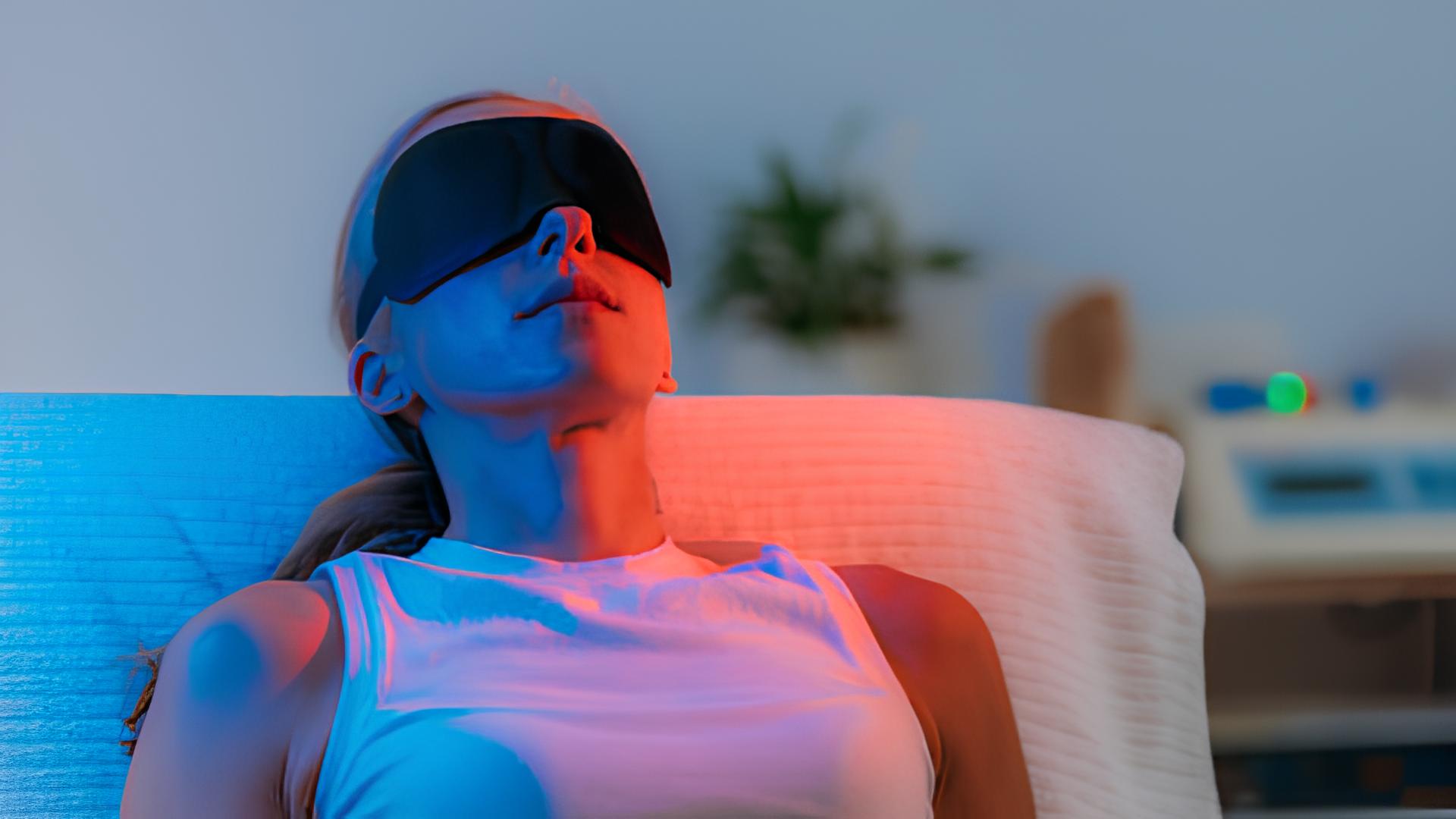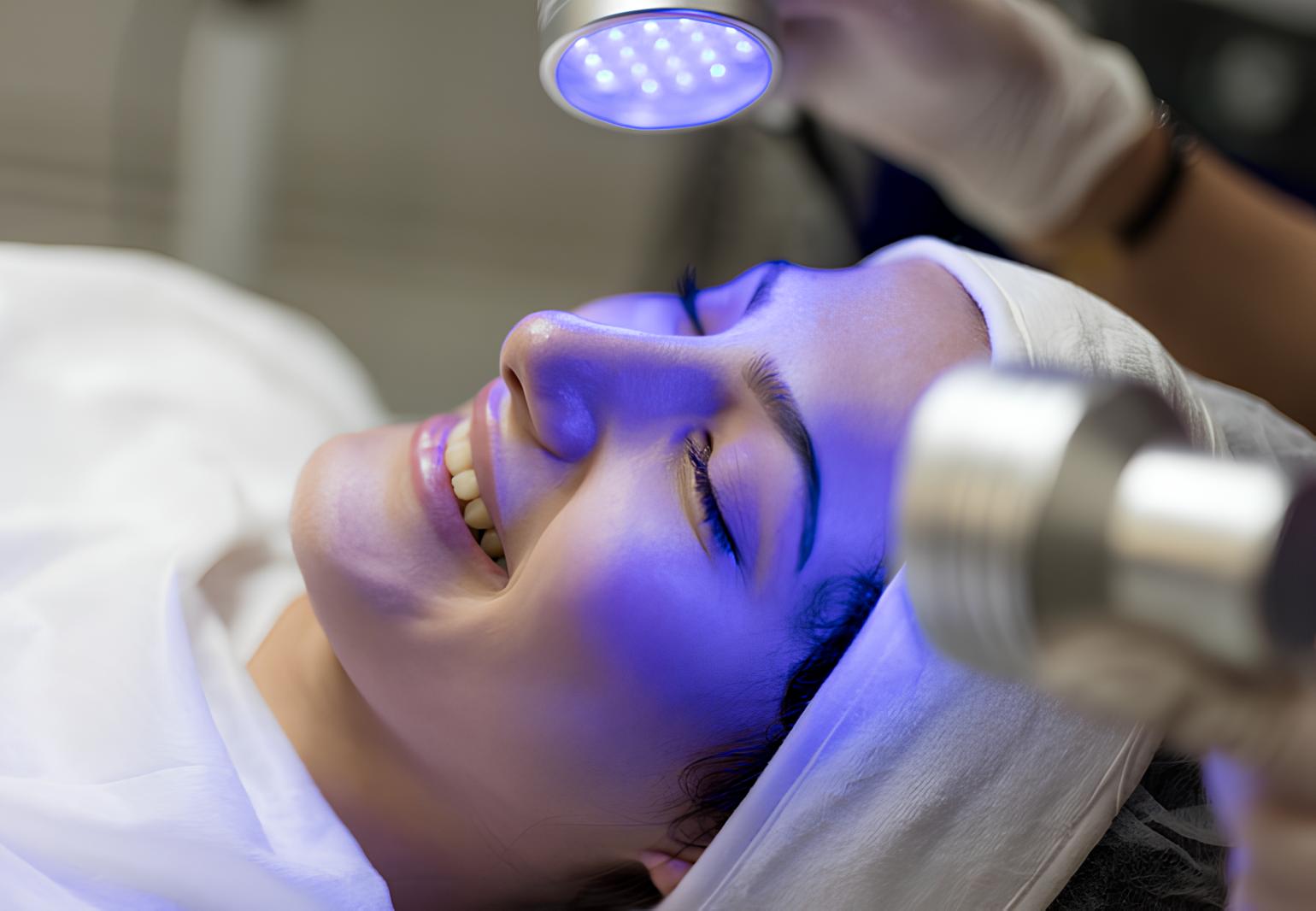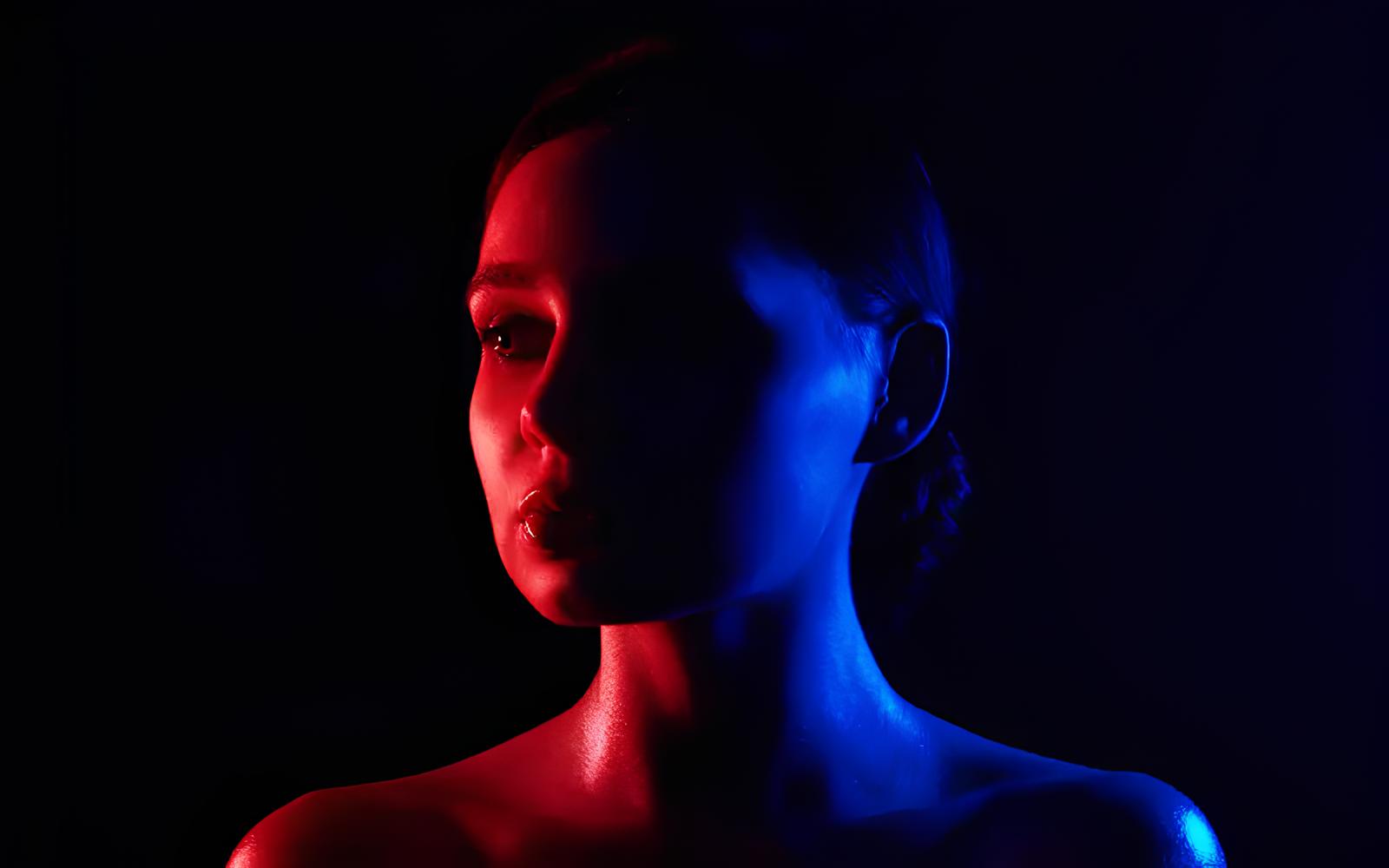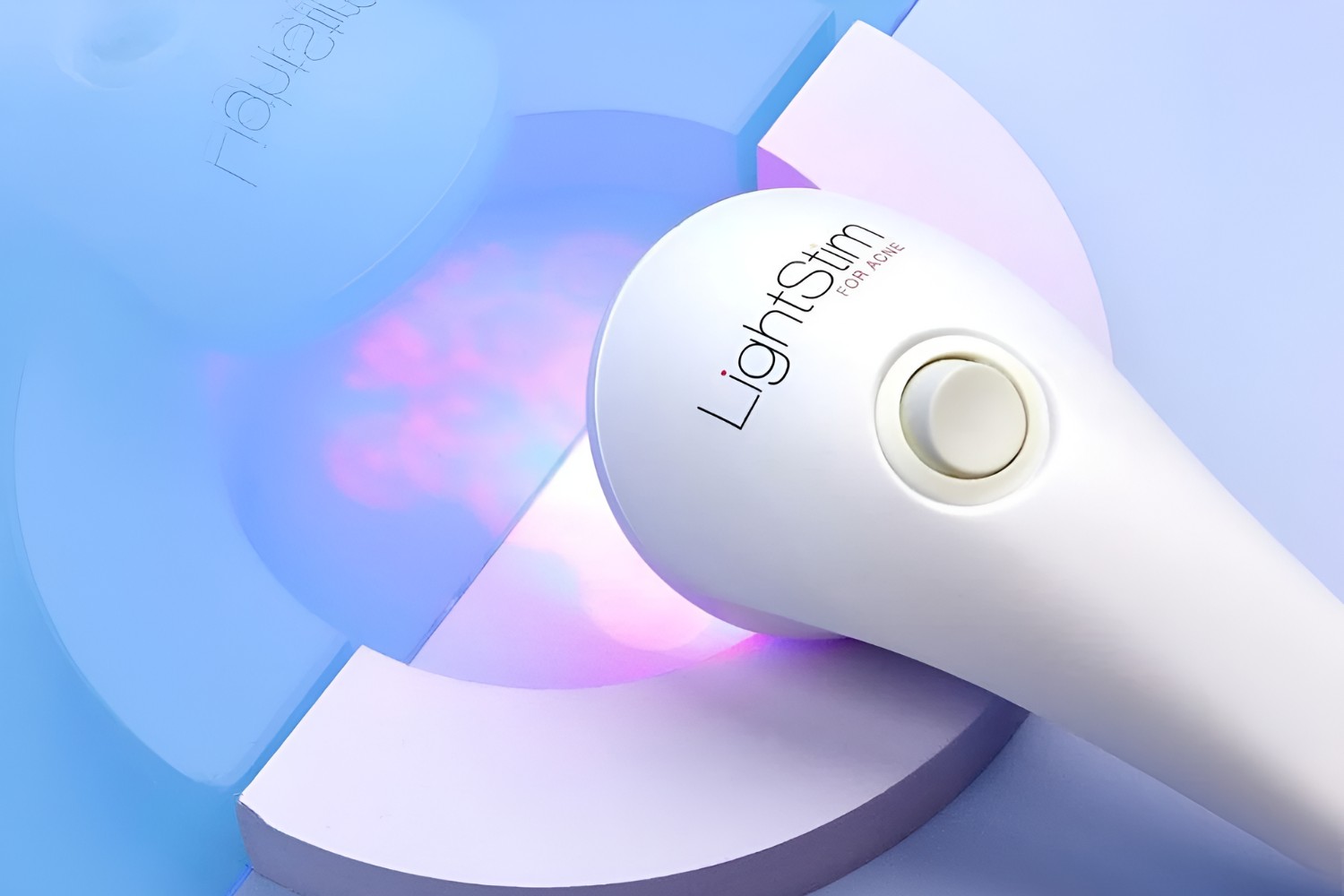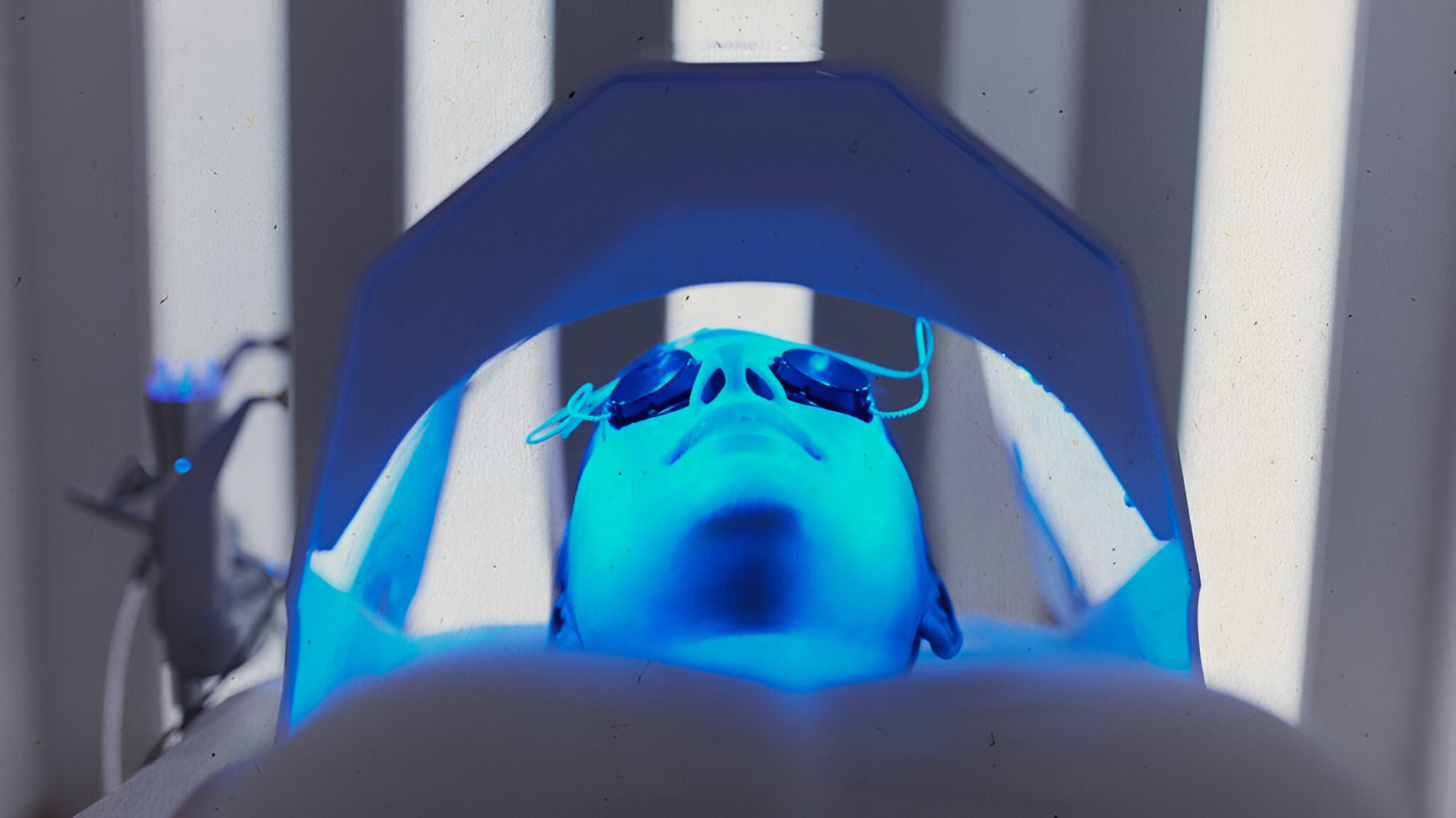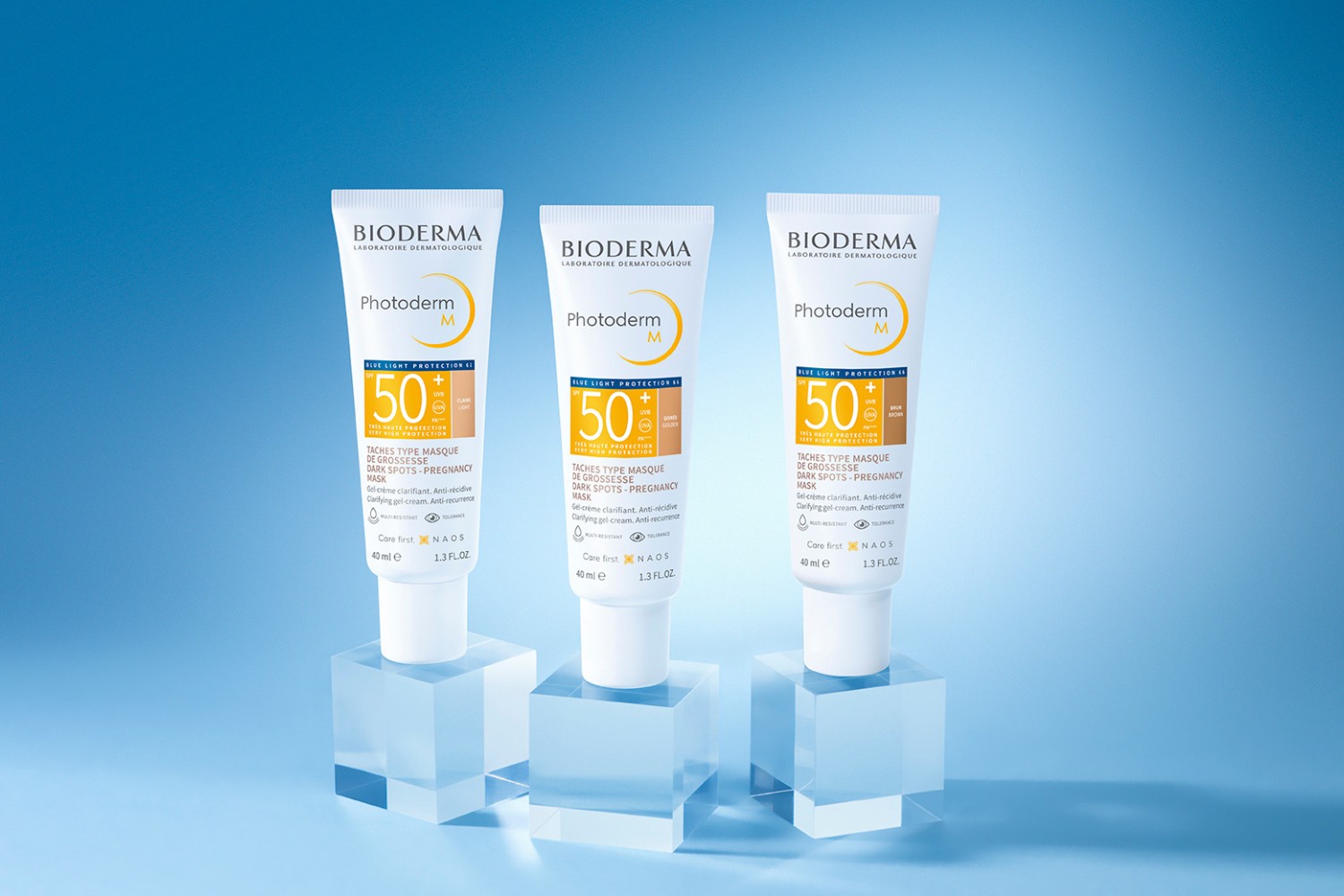Introduction
In the quest for clear, radiant skin, many individuals have sought various treatments to combat acne. One innovative solution that has gained significant attention is blue light therapy. This cutting-edge approach has revolutionized the way we address acne, offering a non-invasive and effective alternative to traditional remedies. By harnessing the power of specific wavelengths of light, blue light therapy presents a promising avenue for individuals seeking to manage acne and achieve a smoother complexion.
Acne, a common skin condition characterized by pimples, blackheads, and whiteheads, can significantly impact one's self-esteem and overall well-being. While numerous treatment options exist, including topical creams, oral medications, and professional procedures, blue light therapy has emerged as a game-changer in the skincare industry. Its ability to target the root causes of acne, such as excess oil production and the presence of acne-causing bacteria, has positioned it as a compelling solution for those struggling with persistent breakouts.
As we delve into the realm of blue light therapy for acne, it's essential to unravel its mechanisms, benefits, and potential considerations. By gaining a comprehensive understanding of this innovative treatment modality, individuals can make informed decisions regarding their skincare journey. Let's embark on this enlightening exploration of blue light therapy, delving into its intricacies and unveiling the transformative potential it holds for those seeking effective acne management.
Understanding Blue Light Therapy for Acne
Blue light therapy, also known as photodynamic therapy, is a non-invasive treatment that utilizes specific wavelengths of light to target and eliminate the bacteria responsible for acne breakouts. This innovative approach has garnered attention for its ability to address acne without the use of oral medications or harsh topical treatments, making it an appealing option for individuals seeking gentle yet effective solutions for their skincare concerns.
The science behind blue light therapy revolves around its ability to penetrate the skin and reach the sebaceous glands, where acne-causing bacteria, specifically Propionibacterium acnes (P. acnes), thrive. When exposed to blue light within the wavelength range of 405 to 420 nanometers, these bacteria undergo a photochemical reaction that ultimately leads to their destruction. By eradicating P. acnes, blue light therapy helps reduce inflammation and minimize the occurrence of acne lesions, thereby promoting clearer and healthier skin.
Moreover, blue light therapy is believed to modulate sebaceous gland activity, leading to a decrease in oil production. Excessive oil production can contribute to clogged pores and the formation of acne, making the regulation of sebum secretion a crucial aspect of acne management. Through its impact on sebaceous glands, blue light therapy addresses one of the fundamental factors underlying acne development, offering a comprehensive approach to combating this prevalent skin condition.
It is important to note that while blue light therapy targets acne-causing bacteria and regulates sebum production, it does not involve the use of ultraviolet (UV) light, which can be harmful to the skin. As such, blue light therapy is considered a safe and gentle treatment option, suitable for individuals with various skin types and sensitivities.
In summary, blue light therapy for acne operates on the principles of targeting P. acnes bacteria and regulating sebaceous gland activity, ultimately leading to a reduction in acne lesions and improved skin clarity. This non-invasive and well-tolerated approach has positioned itself as a promising avenue for individuals seeking effective and gentle solutions for managing acne, marking a significant advancement in the realm of skincare treatments.
Benefits of Using Blue Light for Acne Treatment
Blue light therapy offers a myriad of benefits for individuals grappling with acne, making it a compelling and versatile treatment option. Let's explore the notable advantages of incorporating blue light therapy into your skincare regimen:
-
Non-Invasive Nature: Unlike invasive procedures or harsh chemical treatments, blue light therapy is non-invasive, meaning it does not involve incisions, injections, or abrasive substances. This gentle approach is particularly appealing to individuals seeking effective acne management without the associated discomfort or downtime.
-
Minimal Side Effects: Blue light therapy is renowned for its minimal side effects, making it a safe and well-tolerated treatment option for individuals with varying skin types and sensitivities. Unlike certain medications or topical treatments that may cause irritation, dryness, or allergic reactions, blue light therapy offers a gentle yet effective alternative with minimal risk of adverse effects.
-
Targeted Acne Treatment: By specifically targeting acne-causing bacteria and regulating sebum production, blue light therapy addresses the root causes of acne at a fundamental level. This targeted approach sets it apart from conventional treatments that may primarily focus on symptom management, offering a comprehensive solution for individuals seeking long-term improvement in their acne condition.
-
Reduction in Inflammation: Acne is often accompanied by inflammation, leading to the characteristic redness and swelling associated with breakouts. Blue light therapy has been shown to reduce inflammation, thereby alleviating the discomfort and unsightly appearance of acne lesions. This anti-inflammatory effect contributes to a more rapid and noticeable improvement in skin clarity and texture.
-
Versatility and Customization: Blue light therapy can be tailored to suit individual needs, allowing for personalized treatment plans that align with specific skin concerns and goals. Whether used as a standalone treatment or in combination with other skincare modalities, the versatility of blue light therapy enables practitioners to customize the approach based on the unique requirements of each individual.
-
Promotion of Healthy Skin: In addition to targeting acne, blue light therapy has been associated with promoting overall skin health. Its ability to regulate sebum production and mitigate acne-related inflammation contributes to a clearer, more balanced complexion, fostering a sense of confidence and well-being for individuals navigating the challenges of acne.
In summary, the benefits of using blue light for acne treatment encompass its non-invasive nature, minimal side effects, targeted approach, anti-inflammatory properties, versatility, and promotion of healthy skin. This innovative therapy holds significant promise for individuals seeking effective and well-tolerated solutions for managing acne, marking a notable advancement in the field of skincare treatments.
How to Use Blue Light Therapy for Acne
Integrating blue light therapy into your skincare routine involves a straightforward yet impactful process that can significantly contribute to the management of acne. To maximize the efficacy of this innovative treatment modality, it is essential to understand the key steps and considerations associated with its application.
-
Consultation with a Healthcare Professional: Before embarking on blue light therapy for acne, it is advisable to consult with a qualified healthcare professional, such as a dermatologist or skincare specialist. This initial consultation serves as an opportunity to assess your skin condition, discuss treatment goals, and determine the suitability of blue light therapy based on your individual needs and medical history.
-
Professional Treatment Sessions: Blue light therapy for acne is often administered in a clinical setting, where specialized equipment capable of emitting the precise wavelengths of light is utilized. During a typical treatment session, the affected areas of the skin are exposed to the blue light for a specified duration, allowing the targeted wavelengths to penetrate the skin and exert their therapeutic effects.
-
At-Home Devices: In addition to professional treatment sessions, at-home blue light therapy devices are available for individuals seeking the convenience of incorporating this modality into their daily skincare regimen. These devices are designed to deliver safe and effective blue light exposure, enabling users to address acne concerns in the comfort of their own homes. When using at-home devices, it is crucial to follow the manufacturer's guidelines and recommendations to ensure optimal results and safety.
-
Consistency and Compliance: Consistency is key when utilizing blue light therapy for acne. Whether undergoing professional treatment sessions or using at-home devices, adhering to the recommended treatment schedule and duration is essential for maximizing the benefits of this therapy. By maintaining consistency and compliance with the prescribed regimen, individuals can optimize the outcomes of blue light therapy and experience noticeable improvements in their acne condition over time.
-
Integration with Skincare Routine: Incorporating blue light therapy into your skincare routine involves seamless integration with existing products and practices. This may include cleansing the skin prior to treatment, ensuring the absence of light-blocking barriers during exposure, and following up with appropriate skincare products post-treatment. By integrating blue light therapy into a comprehensive skincare regimen, individuals can harness its potential to complement and enhance their overall approach to acne management.
In summary, utilizing blue light therapy for acne entails a process that encompasses consultation with a healthcare professional, professional treatment sessions, at-home device usage, consistency and compliance with the prescribed regimen, and integration with existing skincare practices. By embracing this innovative approach and following the recommended guidelines, individuals can harness the transformative potential of blue light therapy to effectively address their acne concerns and achieve clearer, healthier skin.
Potential Side Effects and Precautions
While blue light therapy for acne is generally well-tolerated and associated with minimal side effects, it is important to be mindful of potential considerations and precautions to ensure a safe and effective treatment experience. Understanding the potential side effects and taking necessary precautions can contribute to a positive outcome and enhance the overall efficacy of this innovative therapy.
Potential Side Effects
-
Transient Discomfort: Some individuals may experience mild discomfort, such as a sensation of warmth or tingling, during or immediately following a blue light therapy session. This sensation is typically transient and subsides shortly after the treatment.
-
Skin Sensitivity: In rare cases, individuals with heightened skin sensitivity may experience temporary redness or mild irritation at the treatment site. This reaction is generally mild and resolves without intervention.
-
Ocular Precautions: Given that blue light therapy involves exposure to specific wavelengths of light, it is essential to protect the eyes during treatment. Eye protection, such as specialized goggles or shields, may be recommended to prevent potential ocular discomfort or sensitivity to the light.
Precautions
-
Sun Protection: As with any skincare treatment, maintaining adequate sun protection is crucial, especially following blue light therapy sessions. Protecting the skin from excessive sun exposure through the use of broad-spectrum sunscreen and protective clothing helps safeguard the skin and minimizes the risk of potential sun-related complications.
-
Avoiding Photosensitizing Agents: Certain medications, skincare products, or substances may render the skin more susceptible to light sensitivity. It is important to consult with a healthcare professional to identify and avoid photosensitizing agents that may interact with blue light therapy and compromise its efficacy.
-
Adhering to Recommended Guidelines: Following the prescribed treatment guidelines and adhering to the recommended duration and frequency of blue light therapy sessions is essential for optimizing the outcomes while minimizing the risk of potential side effects.
-
Consultation with a Healthcare Professional: Prior to initiating blue light therapy for acne, consulting with a qualified healthcare professional is paramount. This consultation allows for a comprehensive assessment of the skin, discussion of medical history, and personalized recommendations to ensure the safe and effective implementation of blue light therapy.
By being mindful of potential side effects and taking necessary precautions, individuals can navigate their blue light therapy journey with confidence and maximize the benefits of this innovative approach to acne management. Embracing a proactive and informed mindset when integrating blue light therapy into a skincare regimen contributes to a positive treatment experience and fosters the achievement of clearer, healthier skin.
Conclusion
In conclusion, the advent of blue light therapy has ushered in a new era of acne management, offering individuals a gentle, non-invasive, and effective approach to addressing this prevalent skin condition. By harnessing the power of specific wavelengths of light, blue light therapy targets acne-causing bacteria and regulates sebum production, ultimately leading to a reduction in acne lesions and a noticeable improvement in skin clarity. The benefits of using blue light for acne treatment, including its non-invasive nature, minimal side effects, targeted approach, anti-inflammatory properties, versatility, and promotion of healthy skin, underscore its significance as a transformative skincare modality.
As individuals navigate their skincare journey, the integration of blue light therapy presents an opportunity to embrace a comprehensive and personalized approach to acne management. Whether undergoing professional treatment sessions or utilizing at-home devices, the consistency and compliance with the prescribed regimen play a pivotal role in maximizing the efficacy of blue light therapy. Furthermore, being mindful of potential side effects and taking necessary precautions, such as sun protection and avoiding photosensitizing agents, contributes to a safe and positive treatment experience.
The potential of blue light therapy extends beyond its immediate impact on acne, encompassing the promotion of overall skin health and the restoration of confidence for individuals grappling with persistent breakouts. By consulting with healthcare professionals and integrating blue light therapy into their skincare routines, individuals can embark on a journey towards clearer, healthier skin, empowered by an innovative and well-tolerated treatment modality.
In essence, the emergence of blue light therapy for acne signifies a paradigm shift in the realm of skincare treatments, offering a gentle yet impactful solution for individuals seeking effective and holistic approaches to managing acne. As this innovative modality continues to garner attention and recognition, it stands poised to empower individuals on their quest for radiant, blemish-free skin, marking a significant advancement in the field of skincare and dermatology.







